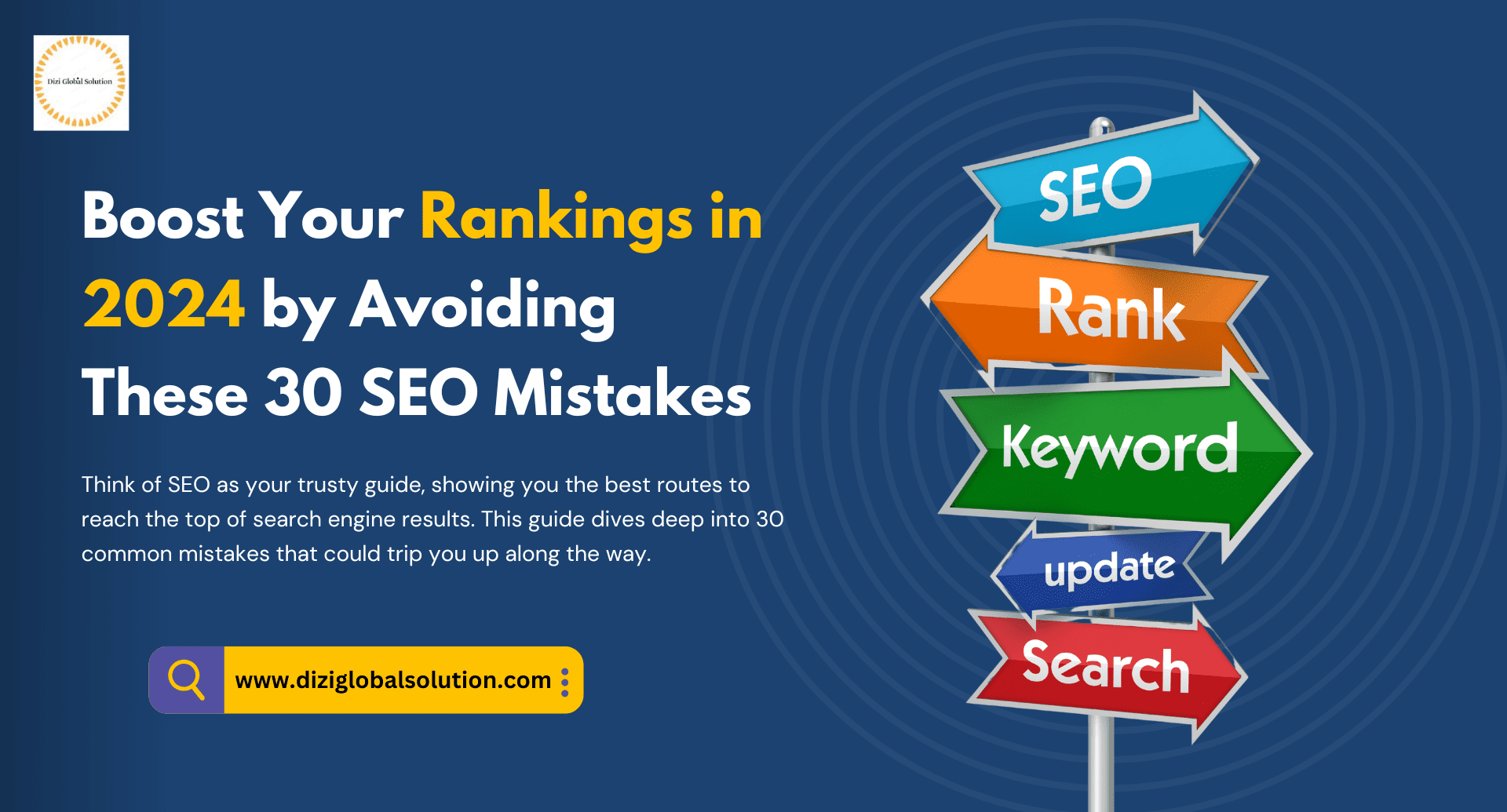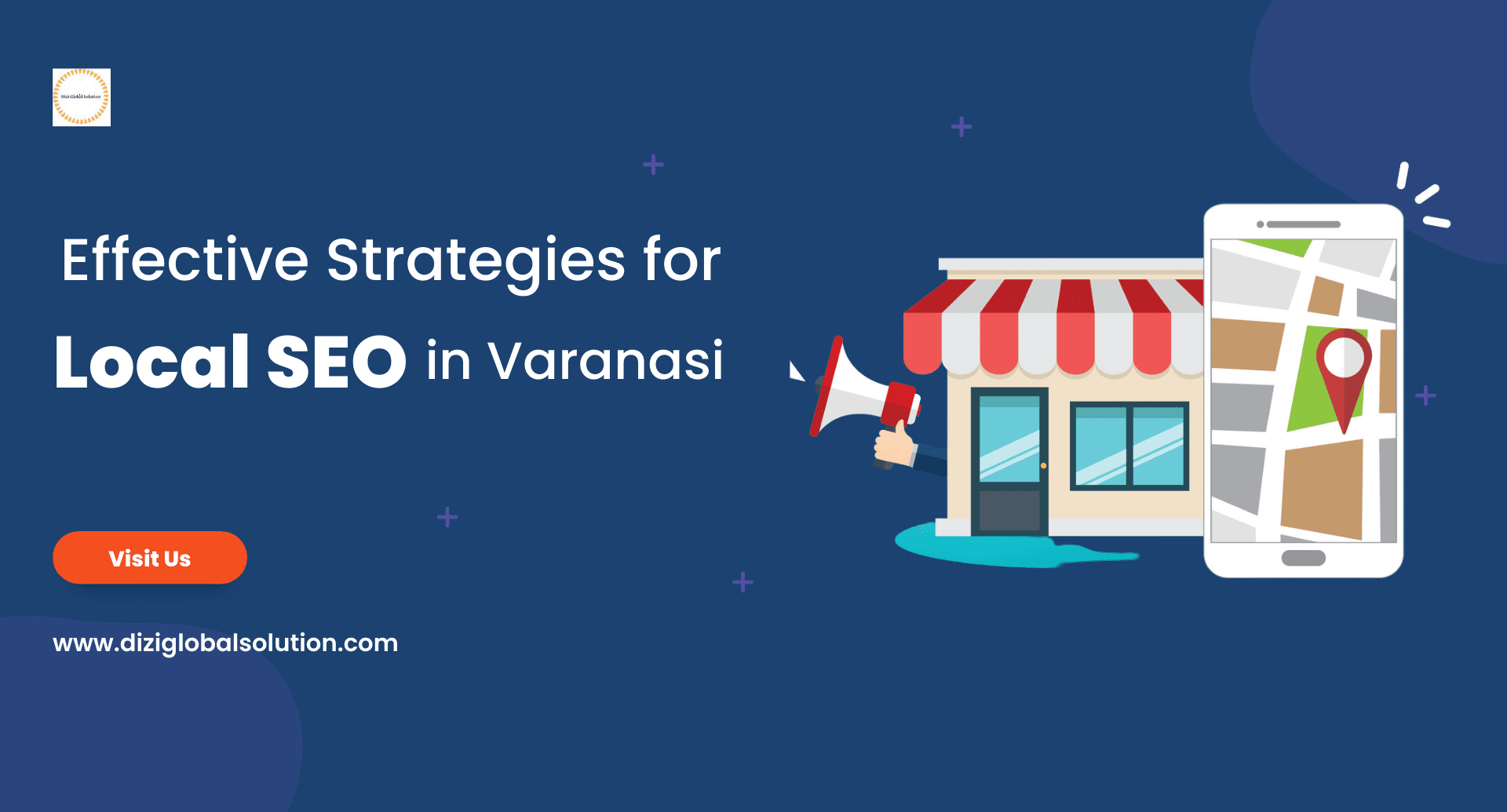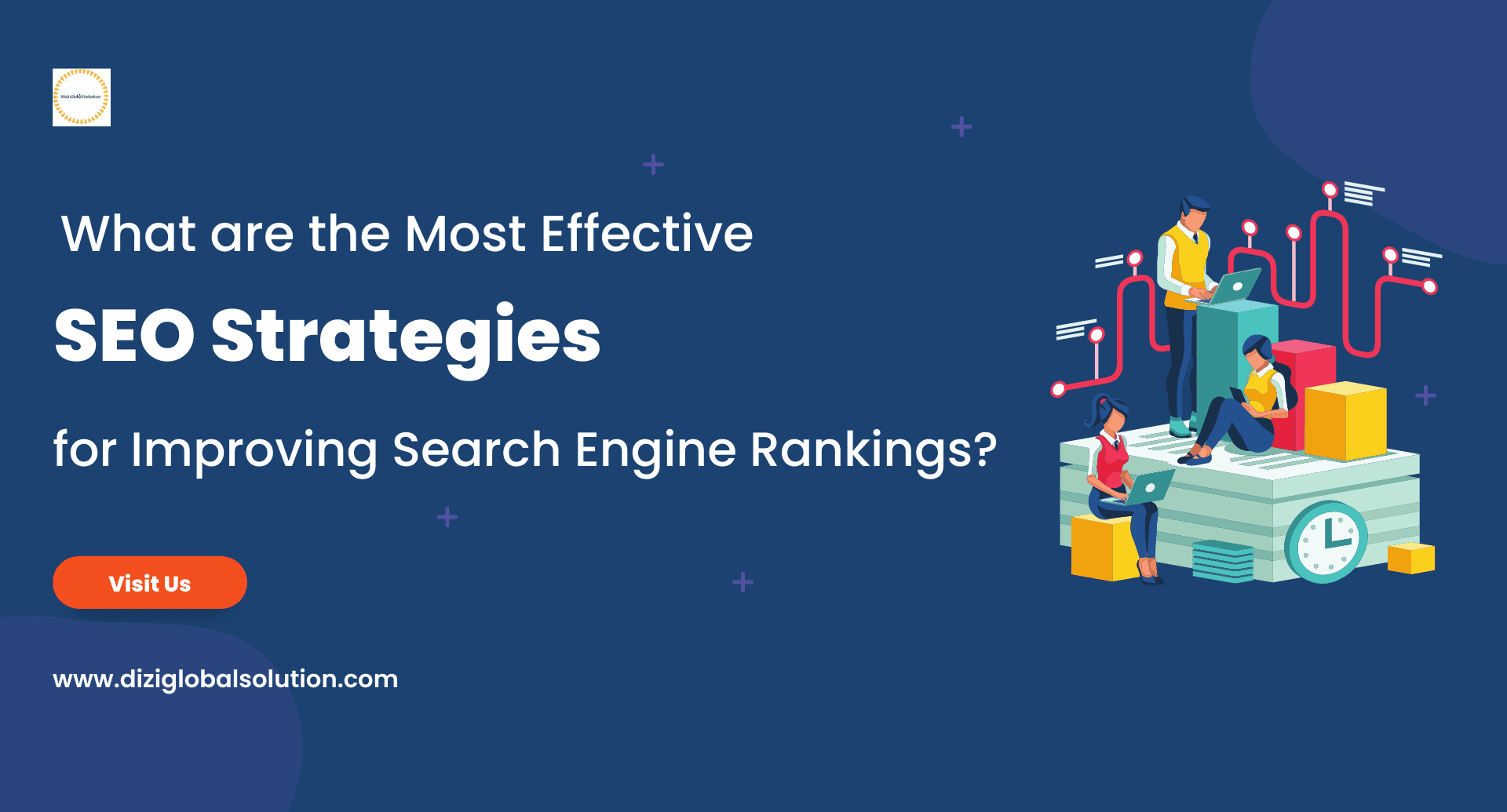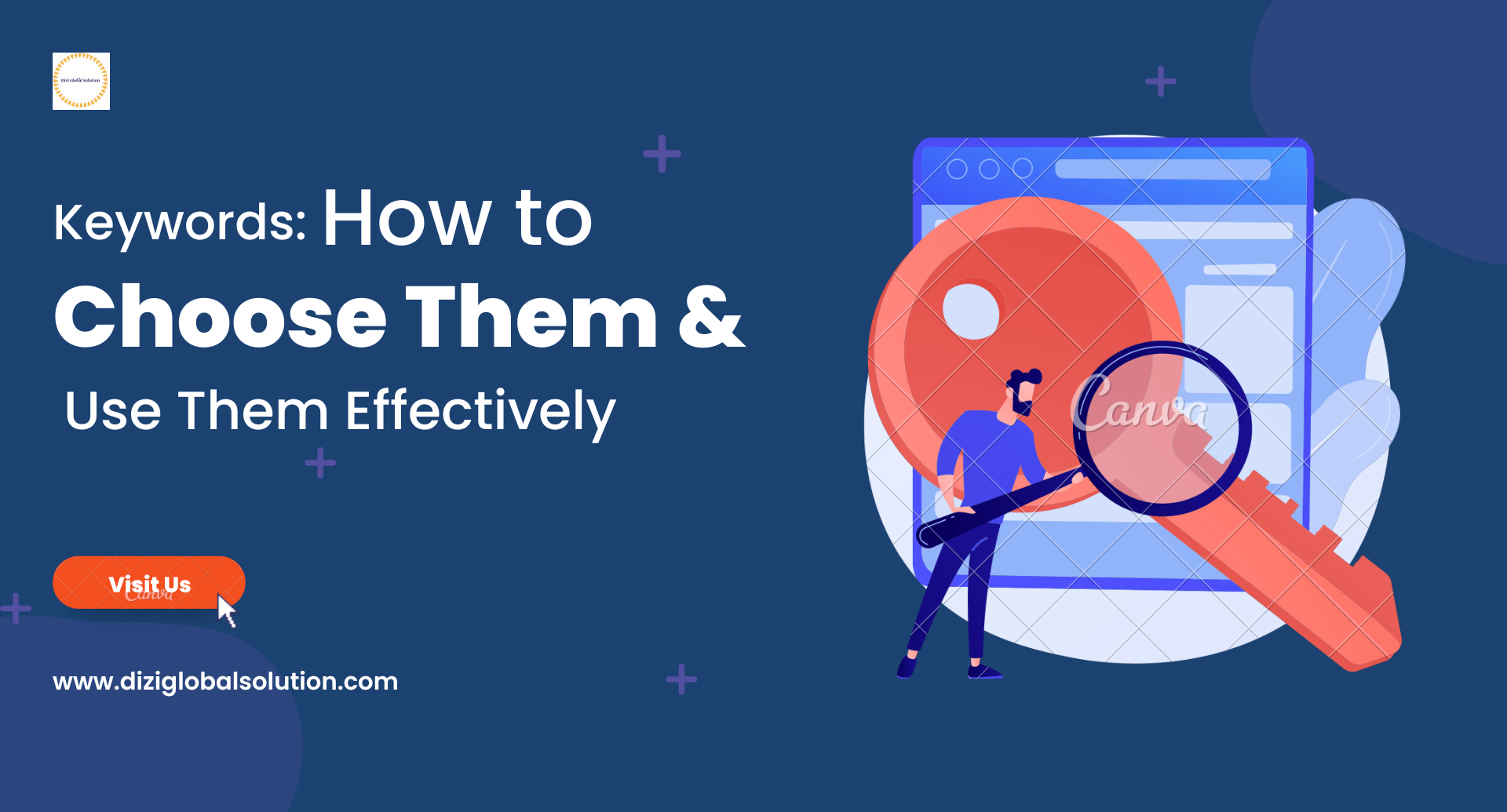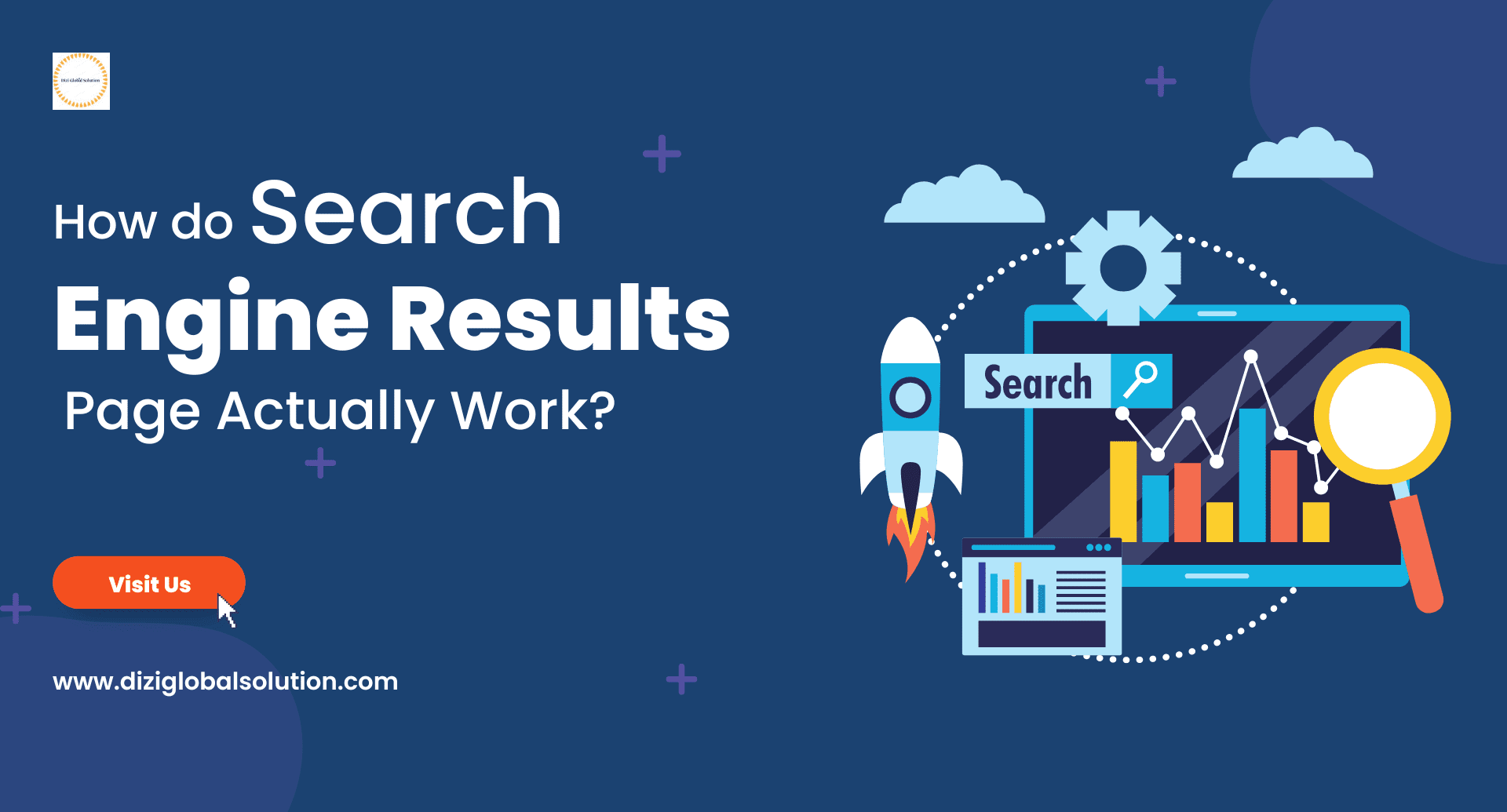Boost Your Rankings in 2024 by Avoiding These 30 SEO Mistakes
In the fast-paced world of digital marketing, Search Engine Optimization (SEO) remains a cornerstone strategy for driving organic traffic to your website. Whether you’re a seasoned marketer or new to the field, avoiding common SEO mistakes is crucial for achieving and maintaining high search engine rankings. Think of SEO as your trusty guide, showing you the best routes to reach the top of search engine results. This guide dives deep into 30 common mistakes that could trip you up along the way. It’s like having insider tips from a seasoned traveler who knows the shortcuts and pitfalls to avoid. This comprehensive guide explores 30 SEO mistakes to always avoid, ensuring your strategies are both effective and sustainable. 1. Ignoring Keyword Research Keyword research is the bedrock of any successful SEO strategy. It involves identifying the search terms that potential visitors use to find content related to your business. Ignoring this step can result in targeting the wrong audience or missing out on valuable traffic. How to Avoid: Use tools like Google Keyword Planner, SEMrush, or Ahrefs to find relevant keywords. Focus on long-tail keywords for more specific, less competitive terms. Regularly update your keyword list to keep up with trends and changes in search behavior. 2. Overusing Keywords (Keyword Stuffing) While keywords are essential, overloading your content with them (a practice known as keyword stuffing) can lead to penalties from search engines. This practice not only makes your content hard to read but also signals to search engines that your content may be spammy. How to Avoid: Use keywords naturally within your content. Focus on creating high-quality, informative content that answers user queries. Utilize synonyms and related terms to diversify your language. 3. Neglecting Title Tags and Meta Descriptions Title tags and meta descriptions play a significant role in how search engines understand your content and how users perceive your site in search results. Neglecting these elements can negatively impact your click-through rates (CTR) and overall SEO performance. How to Avoid: Write unique, compelling title tags and meta descriptions for each page. Include your primary keywords to improve relevance. Keep meta descriptions under 160 characters to ensure they display fully in search results. 4. Failing to Optimize for Mobile With the majority of searches now conducted on mobile devices, ensuring your website is mobile-friendly is critical. A site that isn’t optimized for mobile can lead to a poor user experience, higher bounce rates, and lower rankings. How to Avoid: Use responsive web design to ensure your site adjusts to various screen sizes. Test your site on multiple devices to ensure functionality and usability. Utilize Google’s Mobile-Friendly Test tool to identify and fix issues. 5. Not Utilizing HTTPS Security is a priority for search engines and users alike. Sites that use HTTPS encryption are given a ranking boost over those that don’t. Failing to secure your site can lead to lower rankings and reduced user trust. How to Avoid: Obtain an SSL certificate for your website. Ensure all pages on your site are served over HTTPS. Regularly check for mixed content issues (where both HTTP and HTTPS content are loaded). 6. Poor Site Structure and Navigation A well-structured site is easier for search engines to crawl and index, and for users to navigate. Poor site structure can lead to pages being overlooked by search engines and a frustrating user experience. How to Avoid: Organize your content into clear, logical categories and subcategories. Use internal linking to help users and search engines find related content. Create an XML sitemap and submit it to search engines. 7. Ignoring User Experience (UX) Search engines prioritize sites that offer a positive user experience. Ignoring UX can lead to higher bounce rates and lower dwell times, both of which can negatively impact your rankings. How to Avoid: Ensure your site loads quickly by optimizing images and leveraging browser caching. Make your content easily readable with clear fonts and proper formatting. Use intuitive navigation and a clean, uncluttered design. 8. Failing to Optimize Images Images are an important part of your content, but they need to be optimized to ensure they don’t slow down your site. Large, uncompressed images can negatively impact page load times and SEO performance. How to Avoid: Use descriptive file names and alt text for all images. Compress images to reduce file size without sacrificing quality. Use appropriate image formats (e.g., JPEG for photos, PNG for graphics). 9. Not Creating Quality Content Quality content is the backbone of any successful SEO strategy. Content that is thin, duplicated, or uninformative will not rank well and can harm your site’s reputation. How to Avoid: Focus on creating in-depth, informative content that addresses user needs. Avoid duplicating content from other sources. Regularly update and improve existing content to keep it relevant. 10. Ignoring Local SEO For businesses that operate in specific geographic areas, local SEO is crucial. Ignoring local SEO can result in missing out on potential customers in your area. How to Avoid: Claim and optimize your Google My Business listing. Use local keywords in your content and meta tags. Encourage satisfied customers to leave reviews on local directories. 11. Not Leveraging Social Media While social media signals are not a direct ranking factor, they can influence your SEO by driving traffic and increasing brand awareness. Ignoring social media can mean missing out on valuable opportunities to engage with your audience. How to Avoid: Share your content regularly on social media platforms. Engage with your audience by responding to comments and messages. Use social media to promote new content and drive traffic to your site. 12. Failing to Update Content Regularly Search engines favor sites that regularly update their content. Stale content can lead to lower rankings and reduced traffic. How to Avoid: Regularly review and update old content to ensure it remains relevant. Add new information and insights to existing posts. Maintain a content calendar to ensure consistent publishing. 13. Overlooking Technical SEO Technical SEO involves optimizing your site’s infrastructure to make it
Boost Your Rankings in 2024 by Avoiding These 30 SEO Mistakes Read More »

